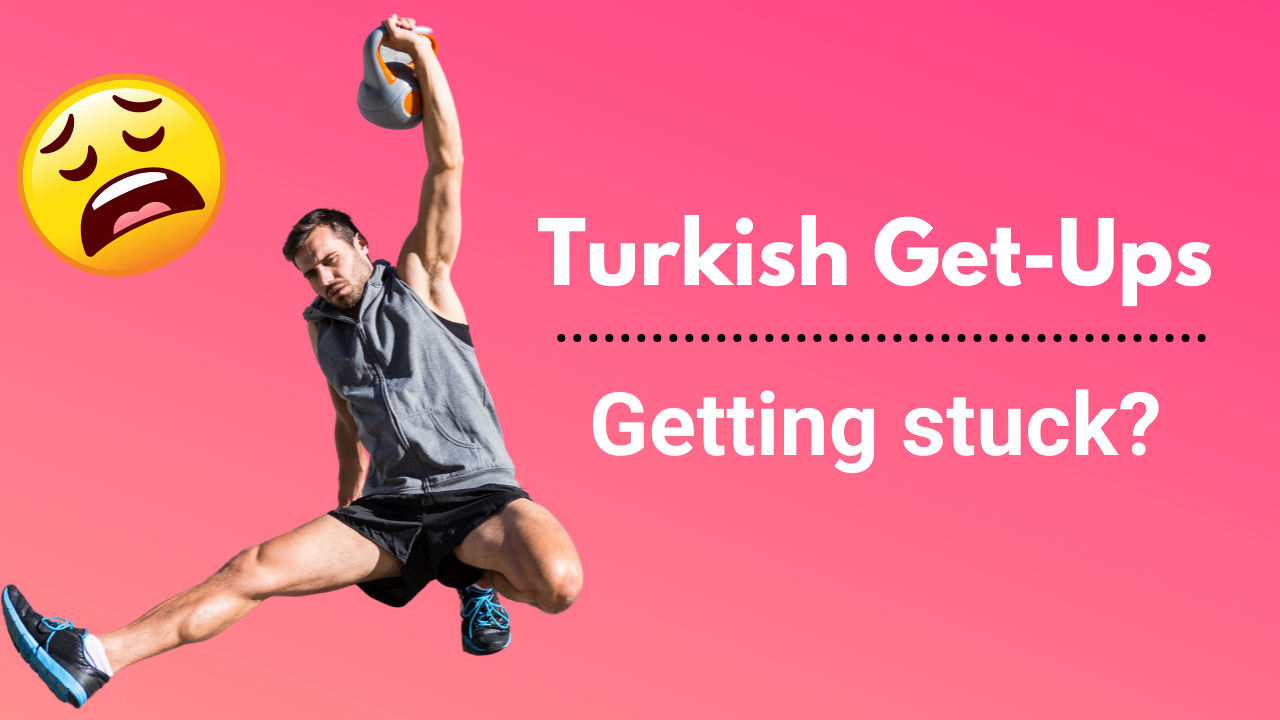I cut my teeth as a young trainer in the hustle and bustle of a big commercial gym, grinding through long hours on “split shifts” (early mornings and late afternoons).
Those hours were often packed with 30-minute sessions where I was expected to lead clients through effective total-body workouts.
Few of my clients came in with any experience in strength training and had only the bare minimum amount of time, energy, and attention to invest into their workouts.
Dealing with constant distraction from cell phones and exhaustion from work was the norm.
All this to say, wasting time on boring or complicated exercises was completely out of the question.
When the clock is ticking, efficiency rules.
A big mistake I see from my fellow strength coaches is taking on a new student and “cueing them to death,” nitpicking every detail to the point where the trainee barely gets to move.
The coach gets to flex his expertise while the lifter remains cold and confused.
In my opinion, this is an unhealthy dynamic and undermines the teamwork aspect of the coaching relationship.
As Dan John would put it, “don’t make me look stupid!”
I like to have clients train themselves as much as possible. By setting up a few creative constraints and letting them explore new techniques in a safe environment, people discover for themselves how to move, what works, and what doesn’t.
With just a little feedback from the coach, this breeds confidence and leads to new insights.
With that preamble out of the way, here’s how I might put this into practice while teaching one of the more complex kettlebell exercises – the Turkish Get Up.
The TGU is one of my favorite exercises that builds core and shoulder strength like none other.
The only problem?
Right from the start, many folks feel like a drunken turtle stuck on his back.
Add a big wobbly kettlebell overhead and we have a recipe for disaster.
Therefore, it’s my job to smooth out the learning curve and build little wins… all while keeping the trainee engaged and moving safely.
Here are a few strategies:
Use An Anchor
The unloaded arm and lat help to pull your torso diagonally off the floor.
Only problem?
There’s nothing to pull on!
Of course, we can cue the lifter to drive the elbow down into the floor, but that’s rarely enough to break inertia.
A simple solution: use a kettlebell as an anchor to pull against.
- Tip a heavy bell on its side so the handle stands vertical on the ground and in-line with the bottom arm
- Grab the handle and apply a gentle “stab” force down into the ground
- Keep the forearm grounded and pull with the lats to assist the roll up
Once the lifter has popped up to the elbow, he can let go of the anchor and continue the rep.
This is a prime example of how an external cue can help develop internal pattern of tension.
Move That Booty
The upper body pulls the torso into the roll-up, while the lower body pushes. Indeed, the contralateral (opposite side) hip and shoulder, or rater – the glute and lat, work together to pop us off the floor.
Often, we are so focused on the kettlebell and loaded arm that we forget to use the hips to drive movement.
A simple way to get the glutes in the game is to perform “mini bridges” with the posted leg:
- From the lying position, drive the planted foot down into the ground
- Squeeze the same-side glute to perform a single-leg bridge
- Pivot the hip so it moves diagonally up and across (not straight up)
- Keep the other leg long with slight tension through the quads
- Roll up to the forearm and repeat (keep space between the downside ear and shoulder)
- Post up to the seated position and repeat (this is the traditional “high-bridge” technique)
Incorporating movement into otherwise static postures not only builds comfort with the get up, but also helps the lifter find new strategies to move through the steps.
Use These Bodyweight Core Exercises
We’ve covered upper and lower body specific drills.
Now we’re going to knit these two halves together with a few of my favorite core exercises.
The get up requires a combination of cross-body (opposite hip/shoulder) coordination, core strength, and shoulder stability.
Sure, the TGU develops these qualities, but you can supercharge your efforts by adding these bodyweight exercises into your training:
Dead Bug
- Lie on your back with knees tucked in and hands reaching skyward
- Extend the opposite arm and leg out to touch the floor
- Maintain core engagement and deep breathing
- The knees and elbows may bend to shorten the range of motion
Cross-Body March
- Stand tall with arms overhead
- Raise one knee and tap it with the opposite hand
- Root through the standing leg
- Pause and press hard against the leg to create extra core and lat engagement
Bear Crawl
- From all-fours, take small steps by moving the opposite hand and foot in tandem
- Keep the knees close to the ground and back flat
- Add a knee tap (as described in the march) between each step
- Crawl from the knees if the shoulders/wrists get jammed up
- Move forward and backward
Perform each of these exercises for time, 60-90 seconds, moving slow and smooth at your own pace.
As you can see, the main goal with these ideas is to teach the subtleties of the Turkish Get Up without resorting to excessive cueing and boring monologues.
Instead, we encourage exploration of the Get Up with new, user-friendly movements.
Put this concept to use in your own training or coaching approach watch how a little play can go a long way.
